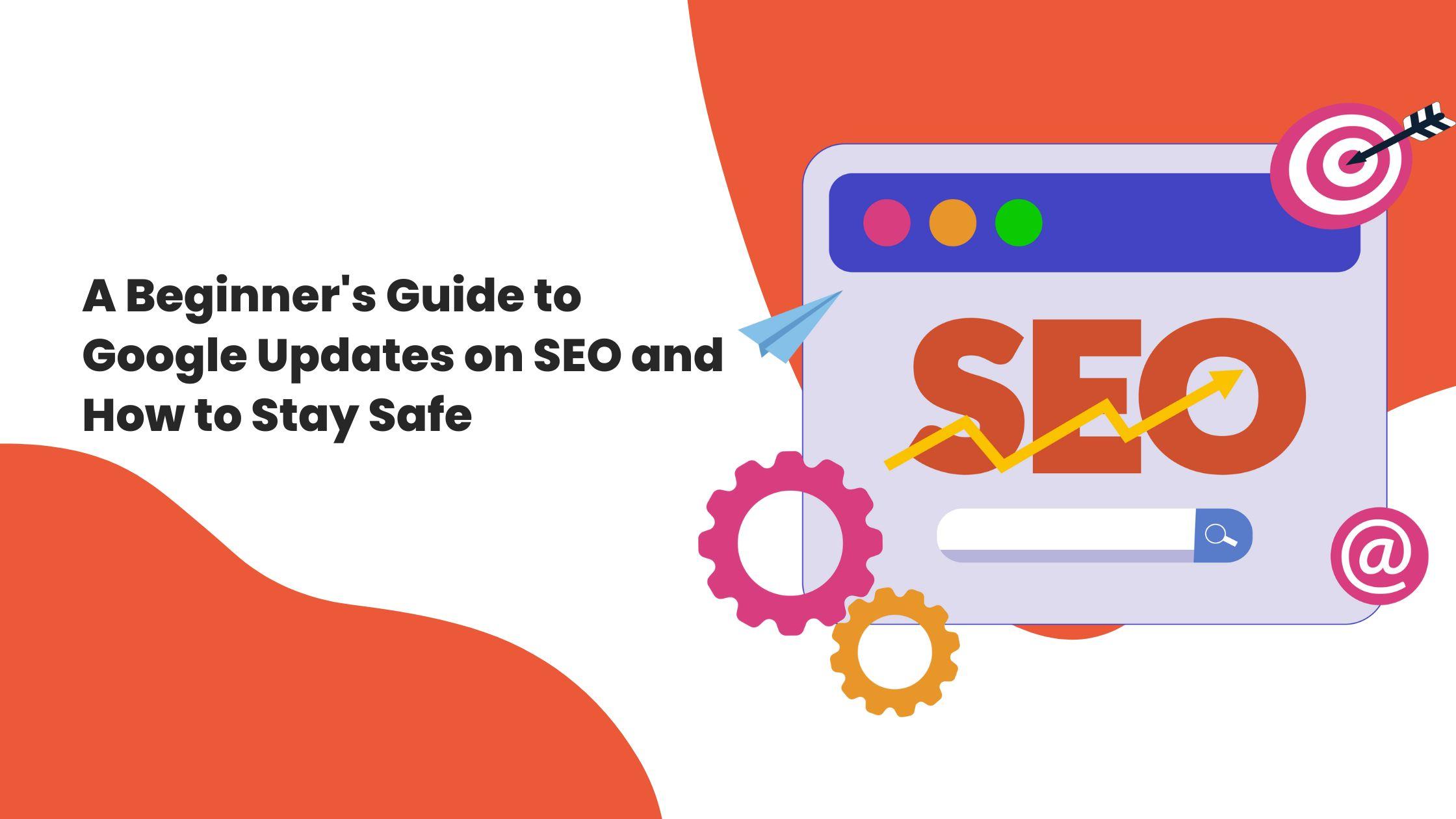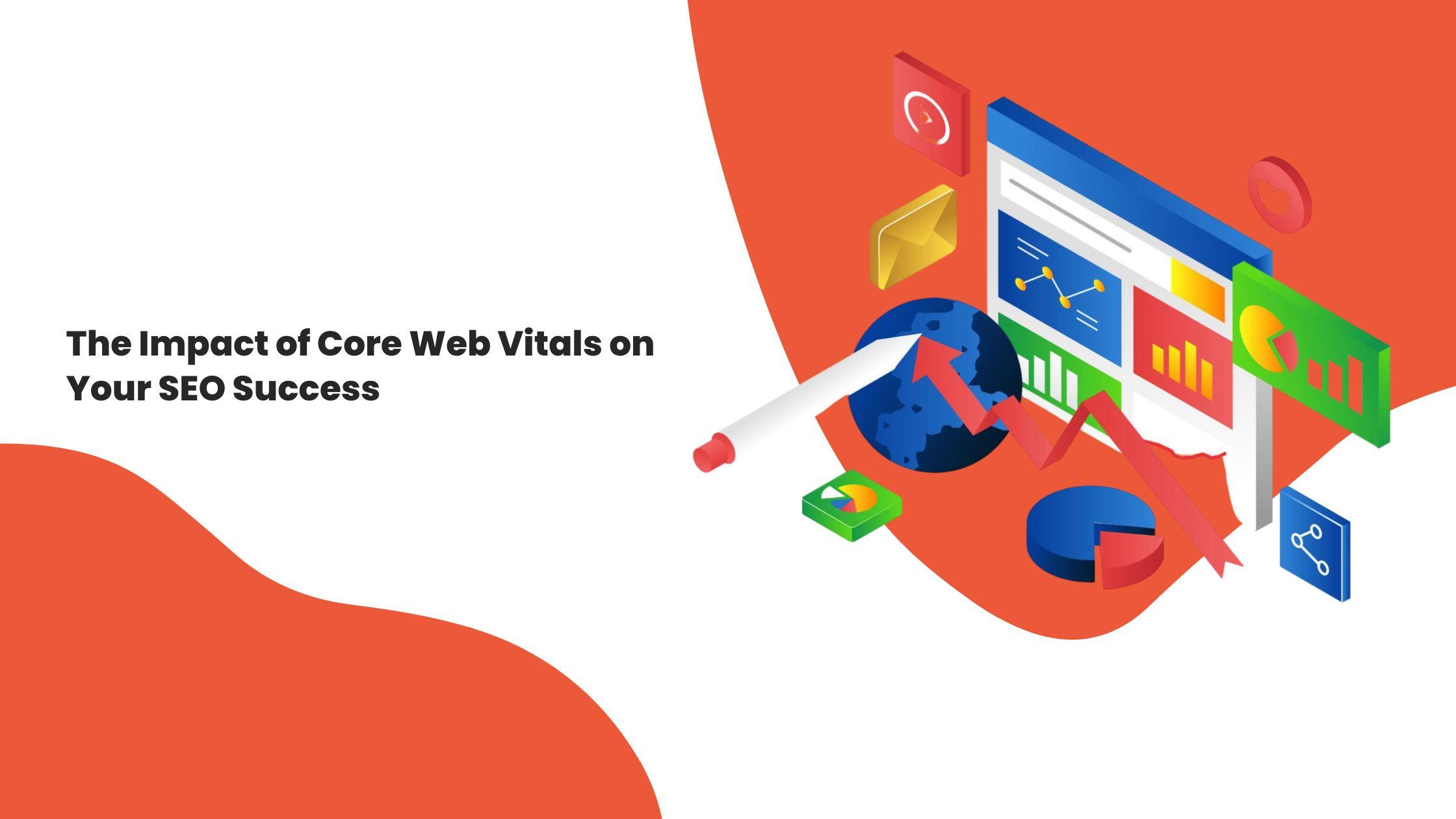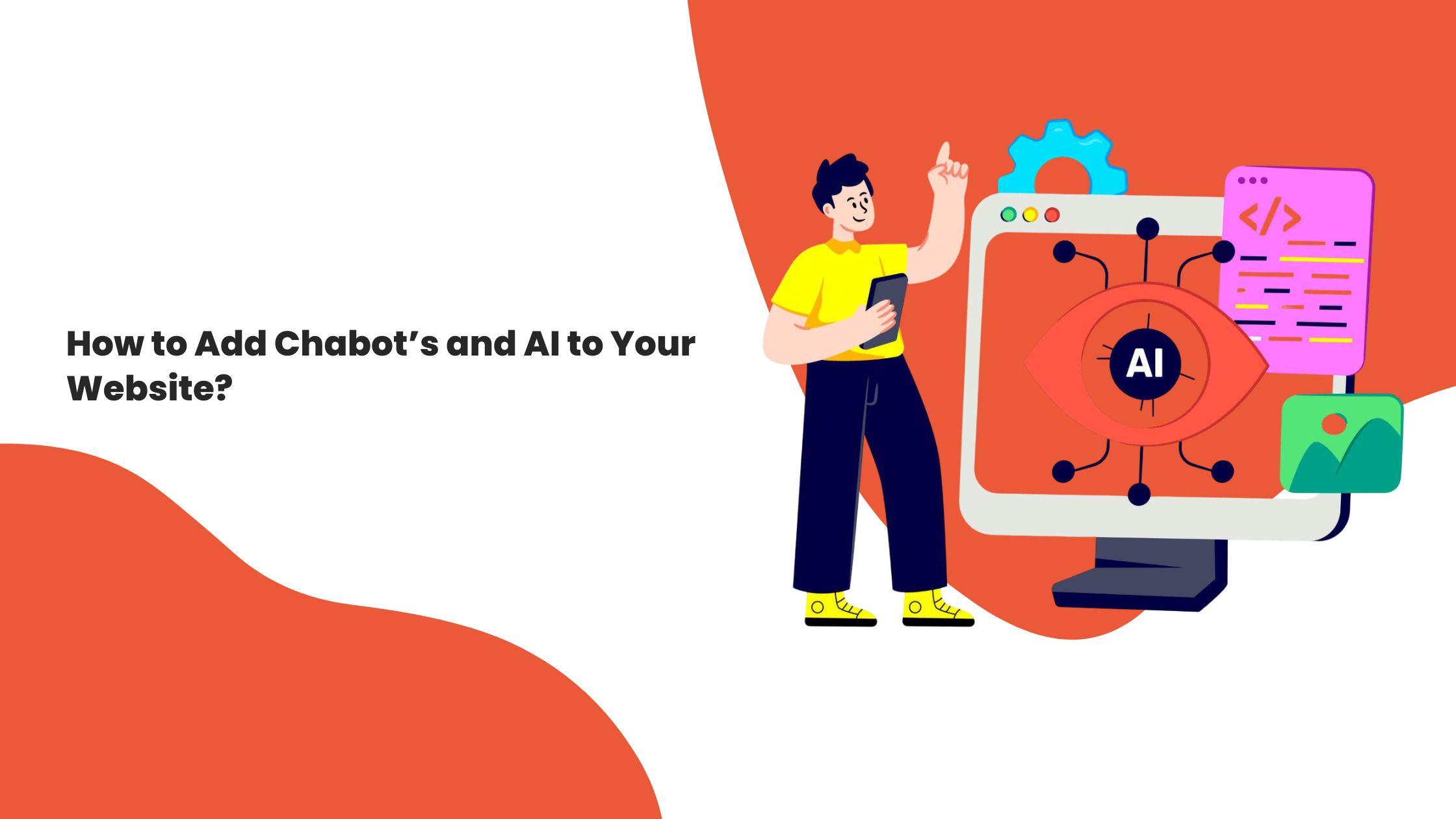
A Beginner’s Guide to Google Updates on SEO and How to Stay Safe
The regular updates Google performs with its algorithms transform SEO into an elusive objective for newcomers to the field. Thousands of changes occur yearly across major core updates which cause dramatic ranking changes so new website owners face difficulties maintaining their position. The main difficulties for website owners stem from unexpected traffic loss alongside unclear understanding of affected updates and a lack of clarity regarding recovery from ranking declines. The following guide explains the significant Google updates including the Helpful Content Update and Page Experience signals which you need to understand. The guide will show you how to detect site updates as well as protect your SEO strategy from future adjustments while maintaining safe SEO practices. The easy-to-follow guide serves beginner users who need to understand Google search developments while handling existing ranking loss or planning for future success.
.webp)
Understanding Google Updates on SEO
.webp)
What Are Google Updates on SEO?
The search engine's algorithm which determines website ranking positions receives updates from Google as part of their regular system changes. On the other side, the core function of these updates consists of two essential goals which include providing better search results to users while fighting deceptive SEO practices.
There are two primary types of updates:
- Algorithm Updates – These are smaller, frequent tweaks (happening several times daily) that target specific ranking factors like mobile usability or spam detection.
- Core Updates – Major changes (typically 2-3 per year) that significantly reshape how Google evaluates content quality and relevance across all websites.
Google makes thousands of adjustments annually, but only announces the most impactful ones like the Helpful Content Update or Page Experience Update. On the other side, websites need to perform a complete SEO strategy analysis when core updates occur while algorithm updates improve existing system operations. In addition, awareness of these modifications helps you preserve your rankings instead of forcing you to fight back from a ranking loss.
It is essential to understand Google updates because methods that worked before may become ineffective in the future. On the other side, auser-friendly content approach combined with proper technical implementation allows you to develop an SEO framework which Google's ongoing improvements will not affect.
Why Google Keeps Changing Its Algorithm
.webp)
Google’s search algorithm continues to evolve for the purpose of delivering optimal experiences to users across all platforms. Here’s why updates happen so frequently:
1. Improving User Experience
Google aims to link searchers with content that meets their requirements through the most appropriate information while also delivering quick loading times. On the other side, updates like Page Experience (2021) prioritize mobile-friendliness, page speed, and visual stability; ensuring users don’t abandon slow or clunky sites.
2. Combating Black-Hat SEO
Google aggressively targets shortcuts designed to "game" rankings. On the other side, updates like Penguin (2012) cracked down on spammy backlink networks and keyword stuffing, while SpamBrain (2022) uses AI to detect sophisticated link schemes and cloaking tactics in real time. Sites relying on these tricks face manual penalties or complete de-indexing. On the other hand, the message is clear: organic growth through valuable content and natural link-building is the only sustainable strategy.
3. Promoting Quality Content
With the Helpful Content Update (2022), Google made its stance explicit: content should be created for people, not just search engines. The algorithm now:
- Demotes AI-generated fluff, click bait, and "content farms"
- Rewards expert-written, in-depth material with first-hand experience (E-E-A-T)
- Prioritizes content that genuinely solves user queries over keyword-stuffed pages
The Bottom Line
To thrive in this landscape:
- Avoid black-hat tactics, they may offer short-term gains but lead to long-term penalties.
- Invest in quality, original research, expert insights, and user-focused writing always win.
- Adapt continuously, what worked in 2020 may violate 2023's standards.
By aligning with Google's mission delivering the best results to users you build a site that withstands updates and earns sustainable traffic.
Types of Major Google Updates You Should Know
Google has rolled out several game-changing updates that reshaped SEO best practices. On the other side, understanding these key updates helps you optimize your website effectively:
1. Panda, Penguin, and Hummingbird
- Panda (2011): Targeted thin, duplicate, or low-quality content, emphasizing content depth and originality.
- Penguin (2012): Penalized spammy backlinks and keyword stuffing, making natural link-building essential.
- Hummingbird (2013): Shifted focus from exact keywords to semantic search, prioritizing user intent.
2. Mobile-First Indexing (2018)
Since 2018, Google has prioritized mobile versions of websites for ranking, reflecting the dominance of mobile searches. On the other side, if your site isn’t fully responsive or suffers from slow loading speeds, your rankings could plummet. Key requirements include:
- Fluid layouts that adapt to all screen sizes
- Fast-loading pages (under 3 seconds)
- Readable text (no zooming required)
- Tappable buttons (properly spaced)
Therefore, test your site with Google’s Mobile-Friendly Test and fixes issues like unplayable content or intrusive pop-ups. On the other side, ignoring mobile optimization means losing traffic to competitors make mobile a priority.
3. Helpful Content Update (2022) & Core Web Vitals (2021)
Google's Helpful Content Update (2022) and Core Web Vitals (2021) fundamentally changed how websites rank by prioritizing user experience over technical loopholes.
The Helpful Content Update targets pages created primarily for search engines rather than people. It rewards:
- Original, expert-written content with genuine value
- Comprehensive coverage of topics (not just keyword-stuffed snippets)
- Satisfying user intent, answering questions thoroughly
Meanwhile, Core Web Vitals measure real-world UX through:
- LCP (Loading Speed): Pages must load key elements within 2.5 seconds
- FID (Interactivity): Buttons/links should respond in under 100ms
- CLS (Visual Stability): Prevent annoying layout shifts during loading
Why This Matters?
- 40% of visitors abandon sites taking >3 seconds to load (Google data)
- Low-quality content now disappears from top rankings within days
- Mobile-first indexing combines with these metrics for tougher scrutiny
Winning Strategy:
- Audit content remove/rework "SEO-first" pages
- Optimize speed via image compression, caching, and clean code
- Test regularly with Page Speed Insights
Sites ignoring these standards face gradual (or sudden) ranking erosion.
How to Stay Safe from Google SEO Updates
.webp)
How Google Updates Affect Your Website
The performance of your website undergoes significant changes through Google algorithm adjustments which might happen in a single night. Furthermore, the following effects might appear because of Google’s algorithm changes.
1. Sudden Traffic Drops
When a major update rolls out (like a Core Update), you may see sharp declines in organic traffic. This often happens if:
- Your content is deemed thin, outdated, or unhelpful (Helpful Content Update).
- Your site has technical issues like slow speed or poor mobile optimization (Core Web Vitals).
- You’ve used risky SEO tactics (such as, spammy links or keyword stuffing) that the update targets.
2. Ranking Volatility
Rankings may fluctuate unpredictably for days or weeks after an update as Google reassesses websites. On the other side, our site may not be penalized during updates even though competitors might have made improvements.
3. Effects on Content & User Experience (UX)
- Content Demotions: If Google’s AI (like RankBrain) finds your content irrelevant or low-quality, it may disappear from top rankings.
- UX Penalties: Poor mobile design, intrusive pop-ups, or slow loading times (LCP, FID, CLS) can hurt visibility.
- Backlink Impact: Toxic or unnatural links (flagged by SpamBrain) may trigger manual penalties.
Signs That an Update Hit Your Site
.webp)
Google's algorithm updates can strike without warning, but these key indicators will help you confirm if your site was affected:
1. Unusual Traffic Pattern Changes
- A sudden 20%+ drop (or spike) in organic traffic within days
- Declines concentrated on specific pages (may indicate content quality issues)
- Mobile traffic drops disproportionately (check Mobile-First Indexing)
2. SERP Visibility Drop
- Your pages disappear from top 10 rankings for target keywords
- Competitors overtake you across multiple queries simultaneously
- Featured snippets or "People Also Ask" spots vanish
3. Google Search Console Alerts
- Manual Actions notifications (penalties for spam/unnatural links)
- Indexing errors spike (pages dropping from search results)
- Core Web Vitals warnings (UX issues now hurting rankings)
Pro Tip: Cross-check updates dates (via Google's blog) with your analytics data to confirm correlation.
Best Practices to Stay Safe
Focus on E-E-A-T Content
E-E-A-T (Experience, Expertise, Authoritativeness, Trustworthiness) is Google’s gold standard for content quality.
How to Improve:
- Cite credible sources (studies, expert quotes)
- Add author bios with qualifications
- Showcase real customer reviews/case studies
- Avoid AI-generated fluff without human editing
Example: A medical site should reference peer-reviewed journals, not just blog opinions.
Maintain Clean Backlink Profile
.webp)
Toxic backlinks can trigger Penguin-like penalties.
Action Plan:
- Use Ahrefs/SEMrush to identify spammy links (such as, casino/porn sites)
- Contact webmasters for link removal first
- Disavow stubborn toxic links via Google’s tool
Warning: Never disavow randomly you might lose good links!
Optimize for Technical SEO & Page Speed
Core Web Vitals (LCP, FID, and CLS) directly impact rankings.
Quick Fixes:
- Compress images (WebP format)
- Eliminate render-blocking JavaScript
- Use mobile-responsive themes (test via Google’s Mobile-Friendly Test)
Impact: Pages loading under 2.5 secs get 50%+ more traffic.
Consistent Content Audits & Updates
Google demotes outdated content (such as, “Best iPhones in 2020").
Audit Strategy:
- Quarterly reviews of top-traffic pages
- Merge thin content (<1,000 words) into comprehensive guides
- Update publication dates + add "Last Updated" notes
Pro Tip: Use Google’s "outdated content" report (Search Console > Enhancements).
What to Do If Your Rankings Drop
.webp)
When your rankings abruptly decline it creates severe concern yet having a well-planned response enables recovery while strengthening your position. On the other hand, the procedure for diagnosing and resolving the problem includes these specific steps.
Analyze & Compare Before/After Metrics
Start by gathering data to confirm whether a Google update caused your rankings to drop.
Tools to Use:
- Google Search Console (GSC): Check Performance Reports for drops in impressions, clicks, or average position.
- Google Analytics: Compare organic traffic before and after the update date.
- Third-party Tools (Ahrefs/SEMrush): Track keyword ranking changes across your site.
Pro Tip: Look for patterns did specific pages or entire categories lose visibility? This helps pinpoint the issue.
Fix the Gaps Based on Update Focus
Google’s updates target specific ranking factors. Tailor your fixes accordingly.
Common Scenarios & Solutions:
- Helpful Content Update Drop? Rewrite AI-heavy or shallow content with first-hand expertise.
- Core Web Vitals Penalty? Optimize images, fix CLS shifts, and improve server response time.
- Backlink-Related Drop? Disavow toxic links and focus on natural link-building.
Warning: Avoid knee-jerk changes study Google’s update documentation to understand its intent.
Submit Updated Pages for Reindexing
Once you have made fixes, tell Google to re-crawl your pages.
How to Use GSC’s URL Inspection Tool:
- Enter the affected URL in Search Console > URL Inspection.
- Click "Test Live URL" to check for indexing issues.
- If the page is clean, click "Request Indexing" for faster re-crawling.
Timing Matters:
- Major fixes (e.g., site-wide speed improvements) may take weeks to reflect.
- Small updates (Meta tag changes) can show effects in days.
Conclusion
It has been concluded that the continuous updates from Google create ongoing SEO difficulties which you can transform into advantageous situations by staying up-to-date in proactive measures. On the other side, your website stands to benefit when you understand site update intentions to reward high-quality content and positive user experiences because you will focus on E-E-A-T principles along with maintaining technical SEO health and developing organic backlinks. Success stems from continuous website performance checks along with quick adaptation during update releases through consistent valuable audience content delivery. SEO demands continuous work because it represents an active improvement cycle rather than a single one-time initiative. On the other side, monitor official Google announcements alongside trusted experts so you keep ahead of algorithm changes which results in your success during and after these updates. For the latest updates and actionable SEO strategies, subscribe to our newsletter and join our community of forward-thinking digital marketers.
Categories
Recent Post

The Impact of Core Web Vitals on Your SEO Success

How to Market a Luxury Brand on Social Media in Dubai: Proven Tips?

How to Add Chabot’s and AI to Your Website?





































